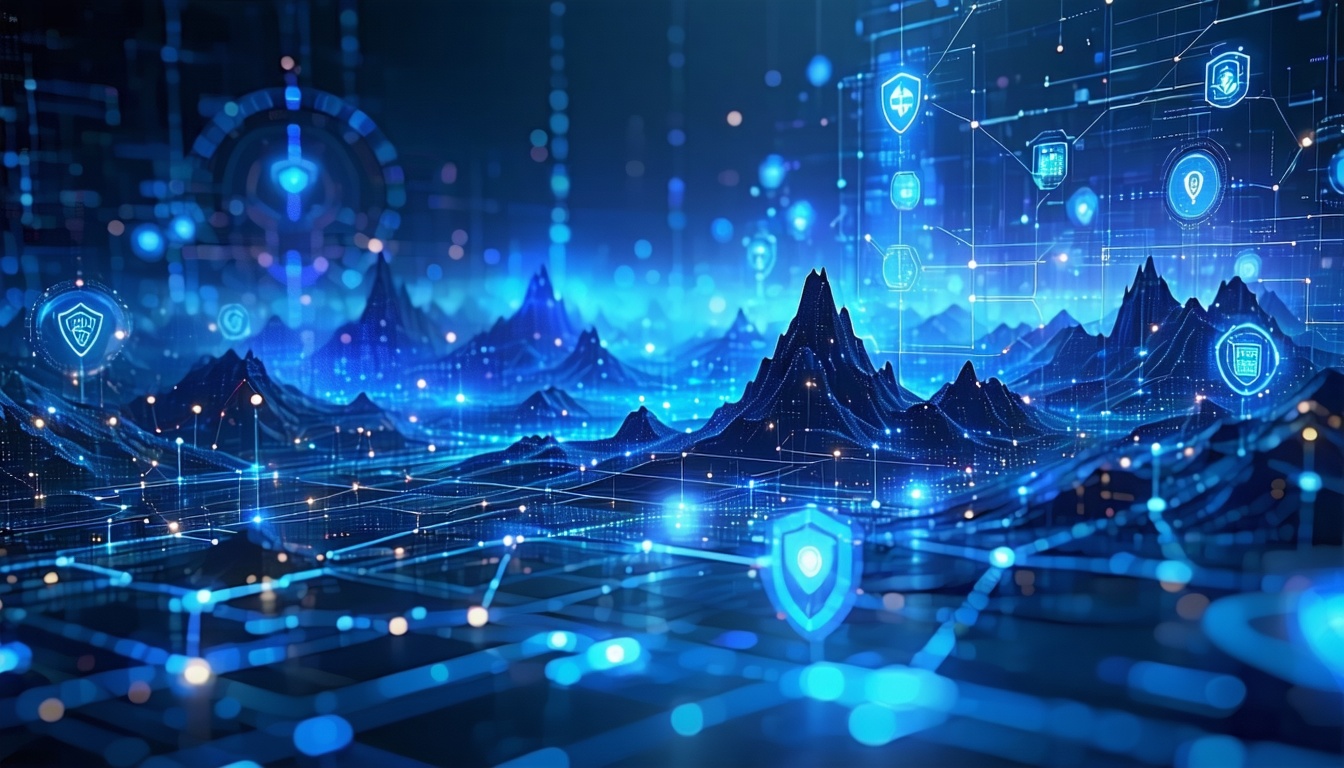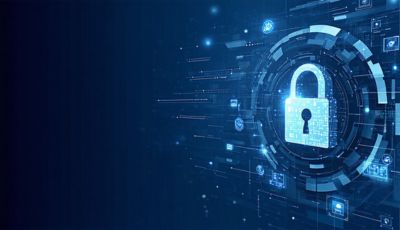Next Gen EDR brings a proactive approach to endpoint security, enabling organizations to detect advanced threats, automate containment and refine defenses in real time. As ransomware, fileless attacks and targeted intrusions become more sophisticated, businesses require a dynamic endpoint protection framework that goes beyond signature-based blocking. This framework records detailed system behaviors, supports deep forensic analysis and triggers automated remediation—helping IT leaders stay ahead of evolving risks.
This article explores the evolution and core functions of next generation endpoint detection and response, compares it with complementary security solutions, outlines deployment best practices and highlights metrics for assessing performance. By understanding these elements, organizations can design a strategic endpoint security posture that aligns with risk tolerance, compliance requirements and operational goals.
Understanding Next Generation EDR
Next generation endpoint detection and response solutions represent a significant advance over traditional antivirus. They combine continuous monitoring, behavioral analytics and automated workflows to manage threats across workstations, servers and cloud workloads. Let’s break down how these platforms have evolved and what they deliver today.
Evolution From Traditional Antivirus
Traditional antivirus, also known as endpoint protection platforms (EPP), relies on signature databases and heuristic rules to prevent known malware strains. In contrast, modern EDR tools:
- Record system-level behaviors and events for all endpoints
- Use machine learning to detect anomalies that escape perimeter defenses
- Provide retrospective analysis to uncover stealthy intrusions
According to Microsoft, EDR solutions offer additional protection beyond antivirus by analyzing indicators of compromise and suggesting remediation, ensuring threats are identified even after they enter the environment.
Core EDR Functions
Next generation detection and response platforms typically include:
- Continuous Monitoring: Real-time collection of process, file and network telemetry
- Alerting and Triage: Prioritization of suspicious events through behavioral scoring
- Automated Response: Actions such as endpoint isolation, process termination or rollback
- Threat Hunting: Custom queries and heuristic searches for proactive threat discovery
- Forensic Investigation: Detailed incident timelines and root-cause analysis
These capabilities work in concert to shorten dwell time and reduce the manual burden on security teams.
Common Use Cases
Organizations may consider an advanced endpoint security solution for:
- Ransomware Protection: Automated rollback of malicious changes
- Cloud Endpoint Security: Visibility into virtual machines and containers
- Phishing and Credential Theft: Early detection of suspicious log-ins
- Insider Threat Detection: Monitoring unauthorized access patterns
- Zero-Day Threat Defense: Machine learning-driven anomaly detection
Each use case leverages the platform’s ability to collect and analyze large volumes of endpoint data, continuously refining detection algorithms for greater accuracy (Palo Alto Networks).
Evaluating Key Capabilities
Selecting the right next generation solution requires an understanding of core technical features and how they align with organizational priorities. Key considerations include analytics, automation and platform extensibility.
Behavioral Analytics and Threat Hunting
Behavioral analytics apply machine learning and heuristic models to identify deviations from established baselines. These techniques enable detection of fileless attacks, command-and-control traffic and living-off-the-land tactics. Many platforms integrate threat intelligence feeds to enrich event context, accelerating investigation workflows.
Automated Response Mechanisms
Automated workflows allow security teams to define response playbooks that execute immediately upon detection. Common automated actions include:
- Network Containment: Isolating an endpoint to prevent lateral movement
- File Quarantine: Removing or blocking malicious files
- System Rollback: Restoring modified files to known-good states
By reducing manual intervention, organizations can contain incidents faster and limit operational disruption.
Forensic Analysis and Continuous Improvement
A robust EDR database records endpoint events in high fidelity, supporting both real-time queries and historic searches. Analysts can reconstruct attack chains, identify vulnerable assets and refine detection rules. Over time, this continuous improvement cycle enhances overall security posture and informs strategic decisions.
According to industry estimates, global spending on information security solutions is projected to exceed $170 billion in 2025, driven largely by investments in AI-powered detection and response capabilities (Office1 Blog).
Comparing Endpoint Security Solutions
Organizations often deploy multiple security tools to cover gaps in prevention, detection and response. The following table contrasts legacy antivirus/EPP, EDR and extended detection and response (XDR) platforms:
For in-depth analyses, see resources on EDR vs EPP, EDR vs XDR and endpoint detection and response vs antivirus. Integration strategies with security information and event management are discussed in SIEM vs EDR.
Deploying Next Generation EDR
Successful implementation of an advanced detection and response platform hinges on a structured approach that aligns technology, processes and people.
Assessing Organizational Needs
Prior to evaluation and procurement, security leaders should:
- Inventory Critical Assets: Identify endpoints that handle sensitive data
- Define Risk Appetite: Determine acceptable exposure levels
- Establish Compliance Requirements: Map controls to regulatory frameworks
- Assess Staffing and Skills: Evaluate in-house expertise for incident response
This preparatory work ensures selected solutions address real-world challenges.
Integrating With Existing Tools
To maximize return on investment, the platform should integrate seamlessly with current security stacks:
- SIEM and SOAR Platforms: Leverage centralized alert management
- Threat Intelligence Feeds: Enrich detection with external data
- Cloud Platforms: Monitor virtual endpoints and workloads
- Native Windows Integration: Support built-in telemetry sources (defender edr)
- Centralized Data Repository: Consolidate logs into an EDR database
Well-planned integration reduces operational silos and accelerates time-to-value.
Considering Managed Services
Organizations with limited security operations capacity may explore managed detection and response offerings. A managed EDR service provides:
- 24/7 Monitoring: Continuous oversight by specialized analysts
- Threat Hunting as a Service: Proactive searches for hidden risks
- Incident Response Coordination: Rapid containment guided by experts
Smaller enterprises can also review options tailored for EDR for small business, ensuring scalability and cost effectiveness.
Measuring EDR Effectiveness
Quantifiable metrics help IT decision-makers validate investments and drive continuous improvement.
Key Performance Indicators
Common KPIs include:
- Mean Time to Detect (MTTD): Average time between compromise and detection
- Mean Time to Respond (MTTR): Time required to contain and remediate
- Number of Incidents Prevented: Reduction in successful attacks
- Endpoint Coverage: Percentage of assets under active monitoring
- False Positive Rate: Proportion of benign activities flagged as threats
Tracking these indicators fosters accountability and highlights optimization opportunities.
Calculating Return on Investment
Endpoint threats impose significant costs. According to SentinelOne, 66 percent of organizations experienced at least one endpoint attack, while IBM reports up to 90 percent of successful breaches originate from endpoint devices (SentinelOne). By reducing dwell time and automating containment, next generation platforms can deliver:
- Cost Savings: Lower incident response expenses and breach remediation
- Productivity Gains: Fewer disruptions to business operations
- Risk Mitigation: Decreased likelihood of data loss and reputational damage
Quantifying these benefits supports strategic budgeting and reinforces executive alignment.
Conclusion and Key Takeaways
Next generation endpoint detection and response solutions empower organizations to move from reactive antivirus defense to proactive threat management. By leveraging behavioral analytics, automated response playbooks and deep forensic capabilities, enterprises can shorten response cycles and continuously refine their security posture. A comparative understanding of EPP, EDR and XDR, coupled with a structured deployment plan and clear performance metrics, ensures that investments align with business objectives and risk tolerance. Ultimately, an advanced endpoint security framework becomes a cornerstone of a resilient, adaptive cybersecurity strategy.
Need help with selecting or deploying a next generation EDR solution? We help organizations evaluate requirements, identify the right providers and integrate comprehensive security tools that fit unique environments. Connect with us to discuss your endpoint detection and response challenges and find the optimal solution for your needs.dr






